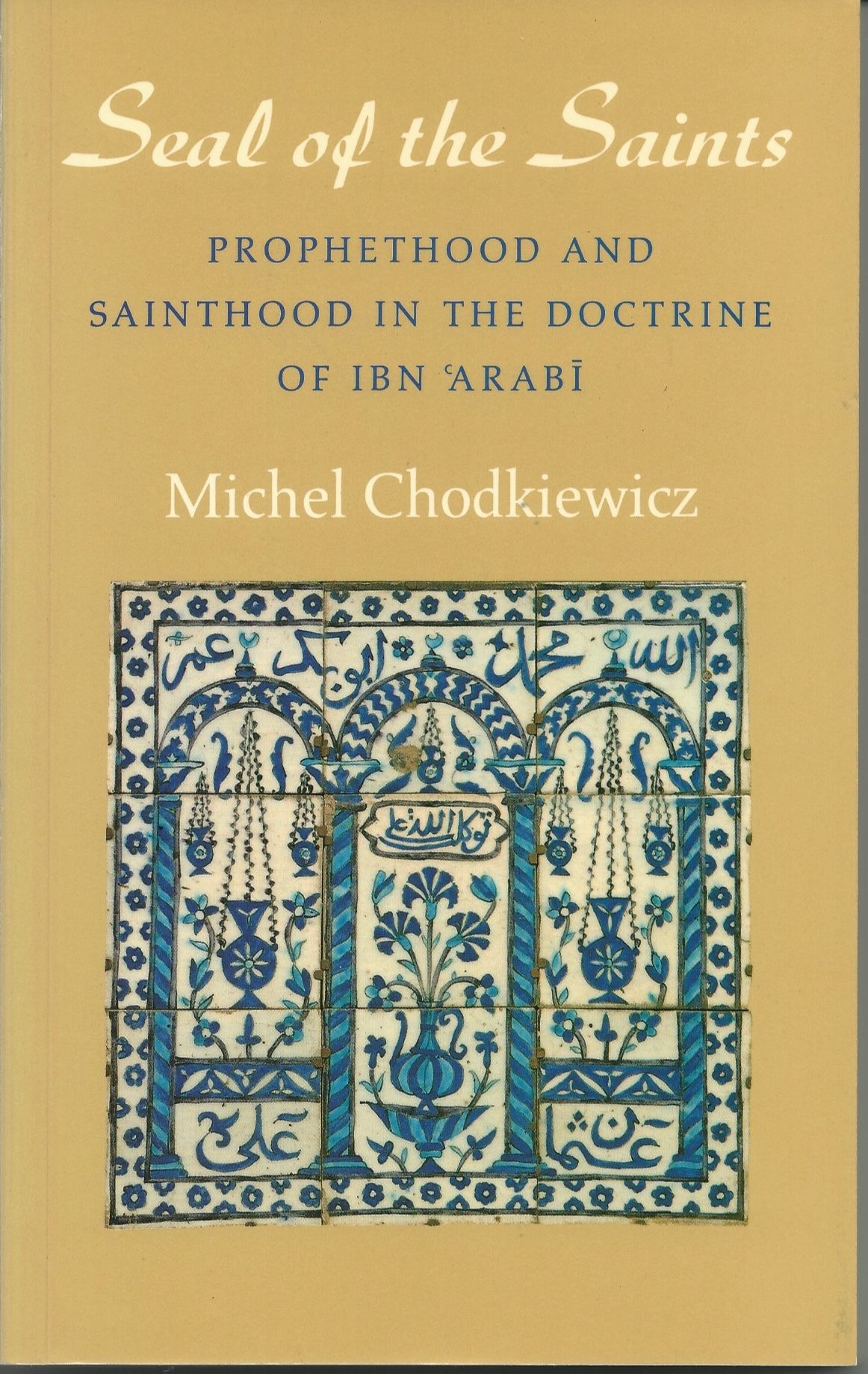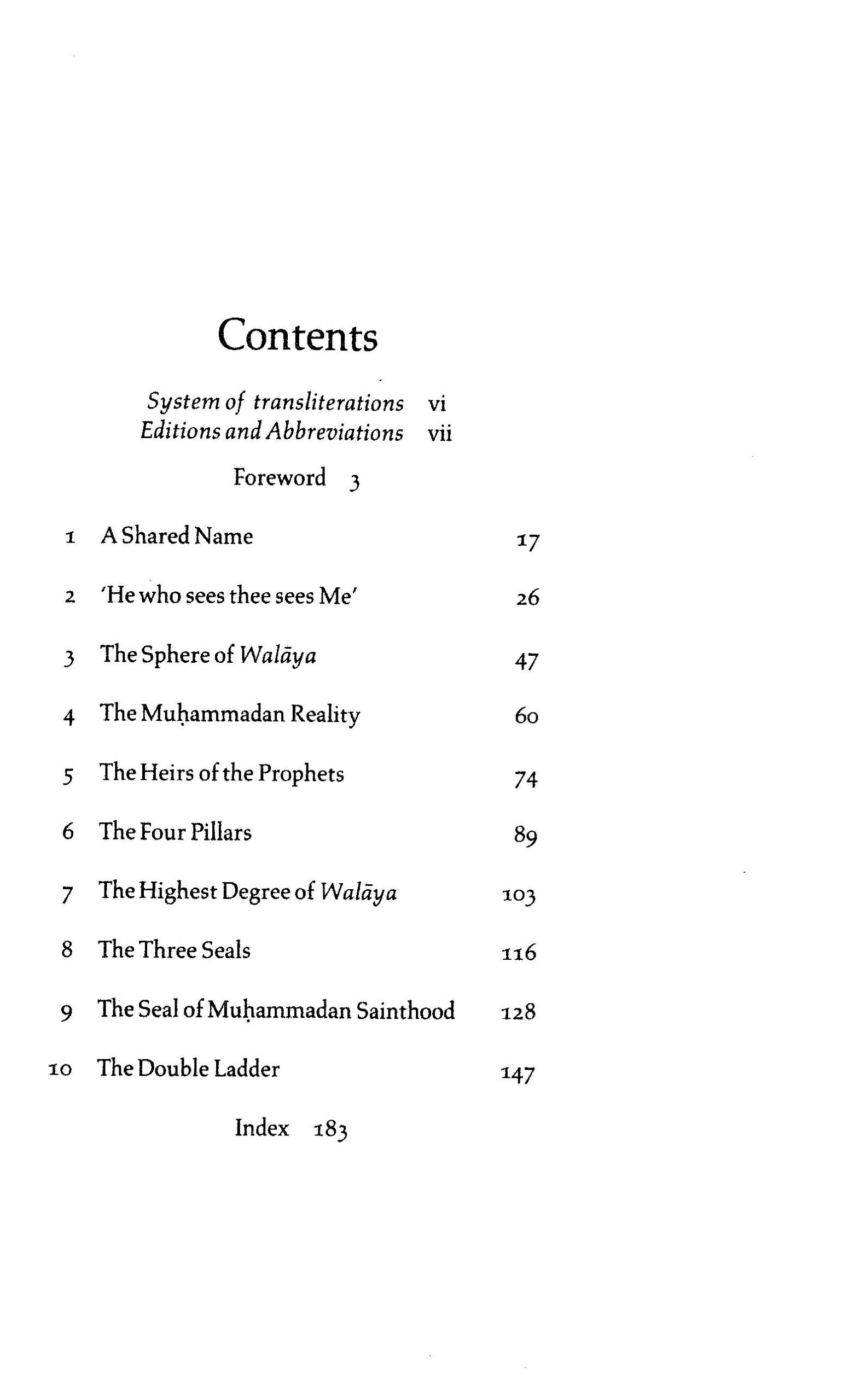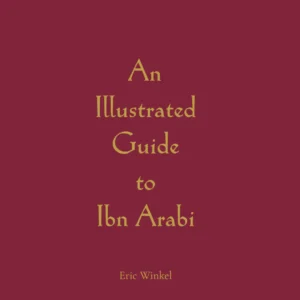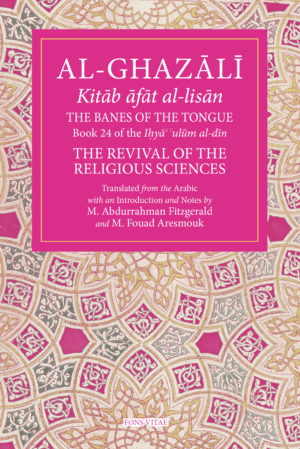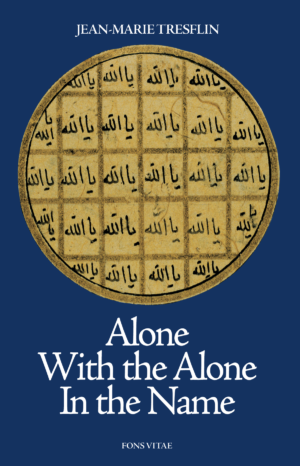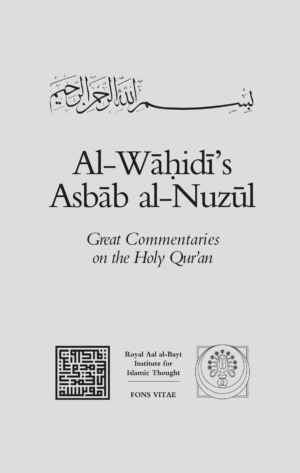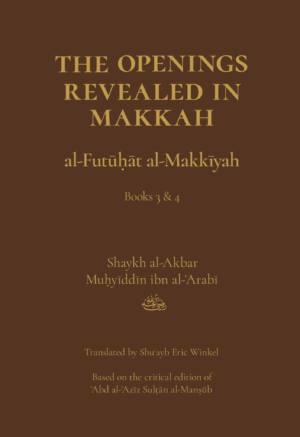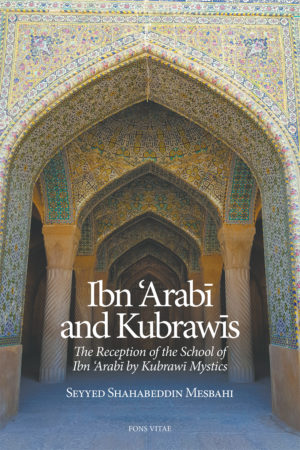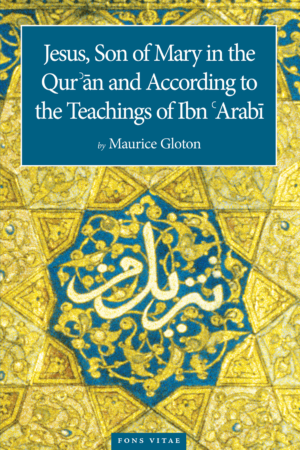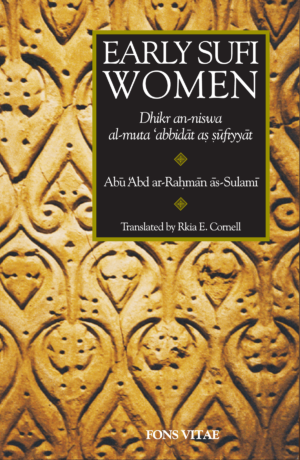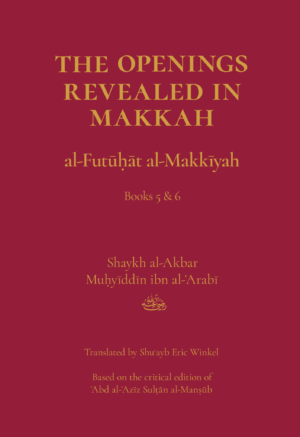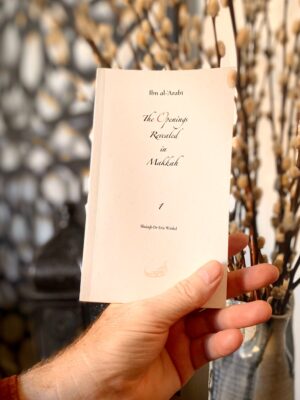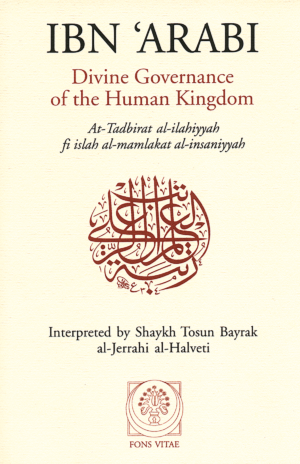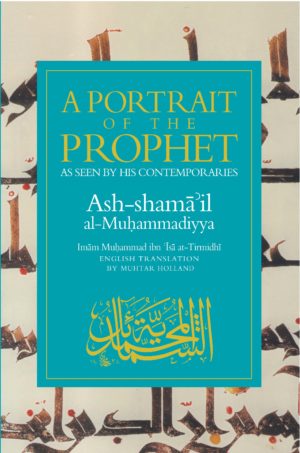Excerpt:
For a saint, to be the heir of one of the prophets is always to be the heir of Muhammad. Indeed, ‘the prophets were his deputies in the created world when he [i.e. Muhammad] was pure spirit, aware of being so, prior to the appearance of his body or flesh. When he was asked, ‘When were you a prophet?’, he replied, ‘I was a prophet when Adam was between water and clay’, meaning: when Adam had not yet come into existence. And this was so until the appearance of his most pure body. At that moment the authority of his deputies came to an end … the authority, that is to say, of the other messengers and prophets.’ As we will see later, other texts by Ibn Arabi define more clearly the nature and function of this primordial Muhammadan Reality (haqiqa muhammadiyya), of which every prophet since Adam, the first prophet, is but a partial refraction at a particular moment of human history.
What is the real meaning of the word haqiqa, which we have translated as ‘Reality’? According to the Lisan al-arab, it signifies the true meaning of a thing as opposed to its metaphorical meaning (majazi); it also signifies the ‘heart’ of a thing or matter, its true nature, its essence, and thus the inviolable inmost self of a being, its hurma. The concept of a Muhammadan reality which is not only fully constituted and active before the appearance in this world of the person named Muhammad, but is also situated prior to history, has been the subject of heated debate in Islam. Ibn Taymiyya and several other writers, in accordance with their usual practice, attempted to prove its innovative and aberrant nature (bid’a) by challenging the main scriptural reference for it, which is the hadith quoted above where Muhammad says, ‘I was a prophet when Adam was between water and clay’. For the Hanbalite polemicist, this hadith is a forgery and the only permissible version of it is the one quoted by Ibn Hanbal and Tirmidhi, where the Prophet apparently says, ‘I was a prophet when Adam was between spirit and flesh’ (bayna’l-ruh wa’l-jasad). Without stressing the fact that the differences in phraseology between these two concurrently existing forms of the same statement seem to us, ultimately, to be minor, we should point out that the criteria by which traditionists judge the authenticity of a hadith are purely external and have reference essentially to the reliability of the chain of transmission. Yet Ibn Arabi, who, even when an old man, never ceased to study the hadith in the usual ways and knew everything there was to know about the traditions, says on several occasions that an ‘unveiling’ (kashf) is the only sure way of judging the validity of a particular remark attributed to the Prophet, and in so saying he challenges the doctrinal authority of the doctors of the Law.
On the other hand, even though the phrase haqiqa muhammadiyya made its appearance late and in this sense is indeed a bid’a or innovation, the concept that it represents in abstract terms is one of the most traditional in Islam, where it is clearly symbolized as the ‘Muhammadan light’ (nur muhammadi, nur Muhammad). Moreover, the association of the Prophet with a symbolism of light is not, in Islamic terms, a human invention, but is based on the actual words of God. In the Qur’an (33:46), Muhammad is called ‘a torch which illumines’ (sirajan muniran); another verse (5:15) says that ‘a light has come to you from God’, which is interpreted by the commentators as a reference to the Prophet. For Muslims, this ‘light’ is not simply a metaphor. Ibn Ishaq, who was born only seventy years after the Prophet’s death, reports that the Prophet’s father Abdallah, just before his marriage with Amina, met a woman who tried in vain to seduce him. When he saw her again on the day after his wedding, and the Prophet had already been conceived, this same woman turned away from him, and on being asked why, said, ‘The light which was upon you yesterday has left you’. Ibn Ishaq explains that his own father told him that this woman had seen between Abdallah’s two eyes a radiant white mark, which disappeared when the Prophet was conceived. According to a slightly different version of this story, as related by Ibn Ishaq, the woman speaking to Abdallah was no other than the sister of Waraqa ibn Nawfal—the Christian from Mecca who, when questioned by the Prophet after the first visit of the angel Gabriel, assured him of the authenticity of the Revelation—and had been warned by her brother of the imminent coming of a prophet. What she had perceived in the face of Abdallah was the ‘light of prophethood’ of which he was the transmitter.
This story was taken up by later historians such as Tabari (died 310/923) and widely diffused by all the writers who wrote ‘histories of the prophets’. The interpretation of it very soon introduced the explicit theme of the verus propheta, based, among other things, on a hadith quoted by Bukhari in which the Prophet, ‘borne’ century after century and generation upon generation (qarnan fa-qarnan), appears to be travelling through time towards the point where his physical nature becomes manifest. Is this journeying of the prophetic Seed to its final birth to be understood as taking place in the ‘loins’ of his ancestors, of his carnal lineage, or as a series of stopping-places in the persons of the successive bearers of the Revelation, the one hundred and twenty-four thousand prophets of whom he is both the forefather and the final Seal? Ibn Abbas (died 68/687), the tarjuman al-qur’an or ‘interpreter par excellence of the Qur’an’, commenting on verse 26:219, seems to favour the second meaning: according to him, Muhammad goes from prophet to prophet (min nabiyyin ila nabiyyin) until the moment when God causes him to ‘emerge’ (akhraja) as a prophet in his turn. Ibn Sa’d, who cites this, also refers to a hadith which Tabari likewise mentions, and in which Muhammad says, ‘I am the first man to have been created and the last to have been sent [i.e. as a prophet].’ The truth is that both these themes are bound up with each other, for the traditional genealogy of Muhammad also includes a series of prophets, among whom are Abraham and Ishmael. However, another hadith, which is absent from the canonical collections, and in which explicit reference is made to Nur muhammadi, was destined to play a major part in the meditation on the Prophet’s primordiality. It is mentioned by one of the Companions, Jabir ibn Abdallah, and runs as follows: ‘O Jabir, God created the light of your Prophet out of His Light before he created things.’
